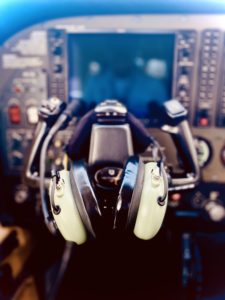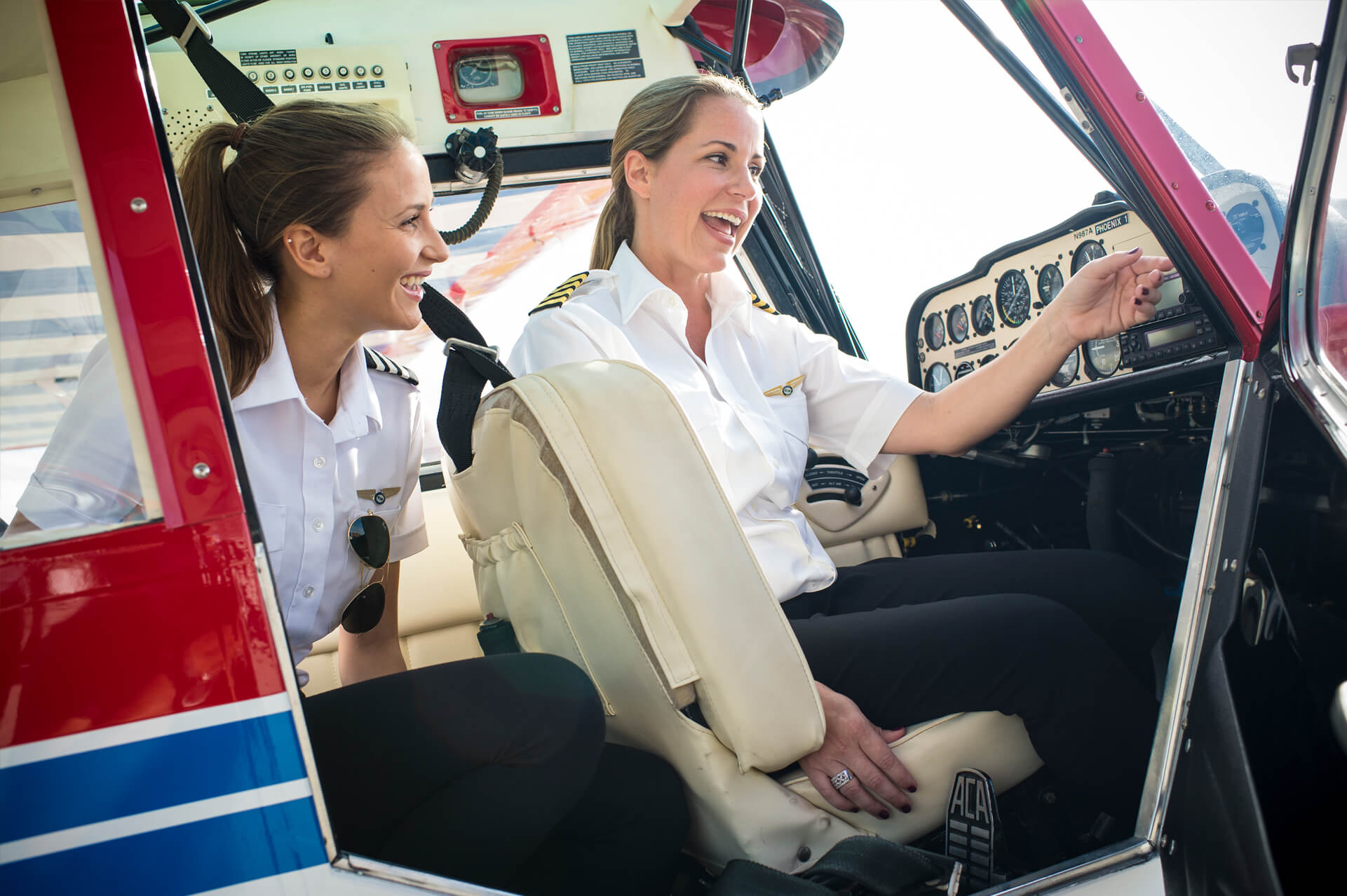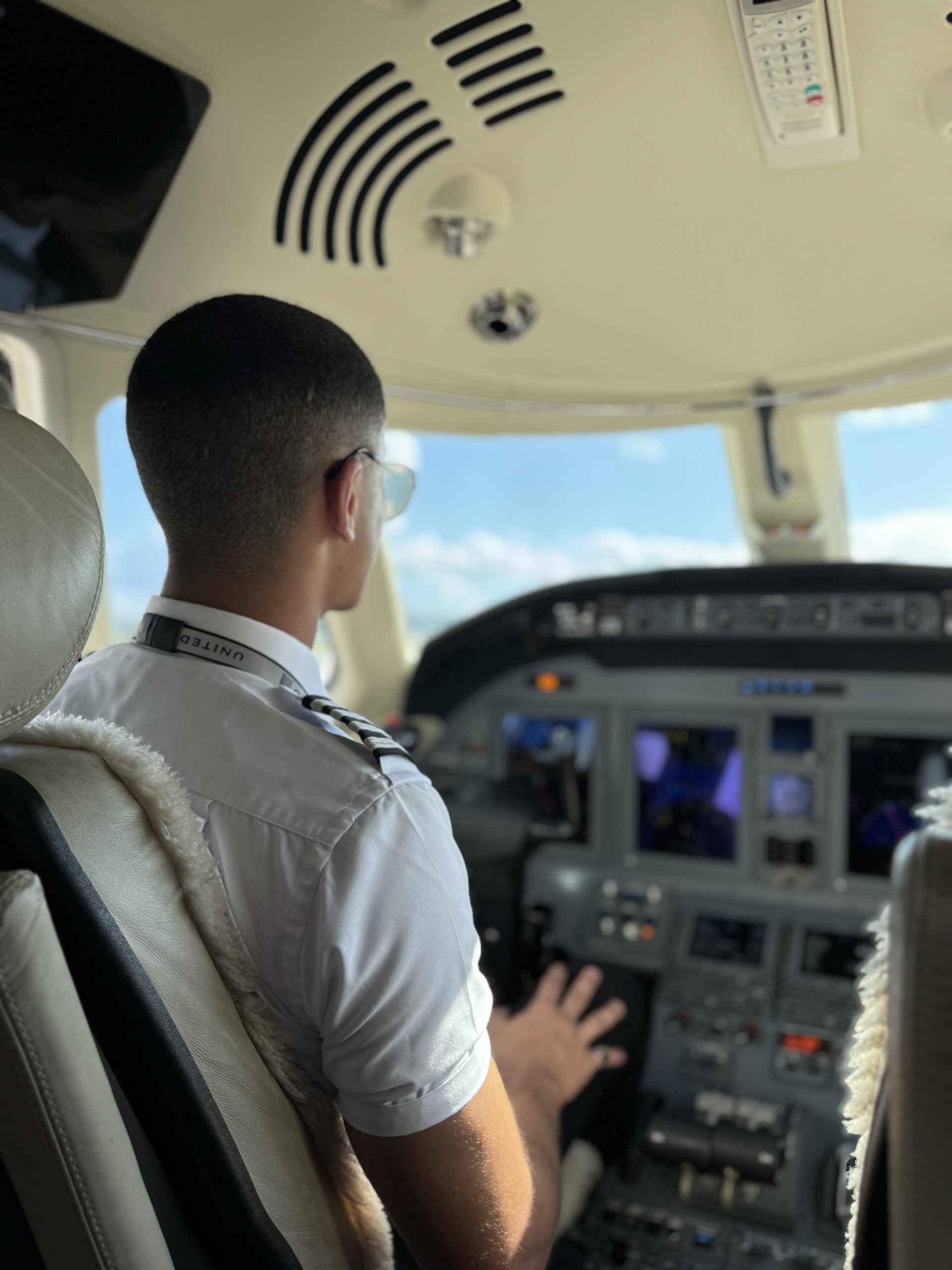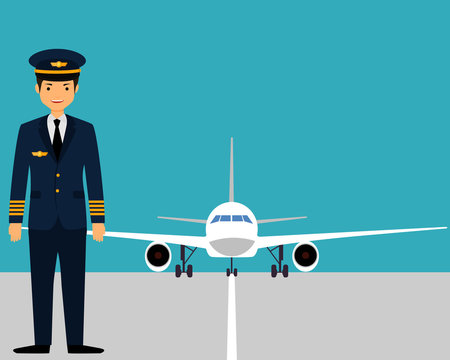What is the Difference Between Part 141 vs. Part 61?
Becoming a pilot requires a significant commitment to flight training, and the path one takes is often shaped by individual goals and learning preferences. At Phoenix East Aviation, students are empowered to choose the route that best fits their aspirations. PEA offers both major Federal Aviation Administration (FAA) training programs, Part 141 and Part 61, each with its own structure and benefits. To help make the decision easier, here’s a breakdown of the key differences between these two flight training paths.
Part 141 and Part 61
Part 141 programs, like the one offered at Phoenix East Aviation, follow a highly structured curriculum approved by the FAA.  These programs include certified flight instructors, detailed lesson plans, and scheduled stage checks to ensure students are progressing at each phase of their training. The program’s rigorous format is designed for efficiency, ideal for those pursuing aviation as a full-time career.
These programs include certified flight instructors, detailed lesson plans, and scheduled stage checks to ensure students are progressing at each phase of their training. The program’s rigorous format is designed for efficiency, ideal for those pursuing aviation as a full-time career.
On the other hand, Part 61 programs provide a more flexible approach. This path allows for greater scheduling freedom while still meeting the FAA’s license requirements, which is ideal for those looking to balance their training with school, work, and other life commitments.
For example, completing a “Commercial/Instrument” course under Part 141 would take 269 hours, whereas it would take 245 hours under Part 61.
While both paths lead to the same certifications, the journey looks quite different depending on the route taken. Understanding the distinction between Part 141 and Part 61 is key to selecting a program that fits each individual’s preferences, setting the stage for a successful career in aviation.
Switching from Part 61 to Part 141
If a student decides that they want to switch from Part 61 to Part 141, they are able to do so by following standard procedures. When transitioning from a Part 141 to Part 61 course, students need to consider several factors. First, the syllabus in the Part 141 course requires students to assess their previous training and determine where they fit into the syllabus requirements. For example, differences in flight hours may mean students will have to catch up when switching programs. Additionally, there may be other gaps in training that students must address to meet the Part 141 requirements.
Airline Preferences
Although there is not a singular preference and there are several factors that go into an airlines’ decision to hire a pilot, Part 141 is held at a higher regard for employers.  While pilots from both FAR Parts are hired, the standardized curriculum of Part 141 programs appeal to certain employers seeking pilots with this type of regulated flight experience. However, Part 61 remains a valid path to becoming a professional airline pilot that can open the doors to a multitude of aviation career opportunities.
While pilots from both FAR Parts are hired, the standardized curriculum of Part 141 programs appeal to certain employers seeking pilots with this type of regulated flight experience. However, Part 61 remains a valid path to becoming a professional airline pilot that can open the doors to a multitude of aviation career opportunities.
With these factors in mind, aspiring pilots can now make the decision on what path best suits their goals and lifestyle.
Interested in learning more information in regards to Phoenix East Aviation and their flight training programs? Contact info2@pea.com to get in touch with their Admissions Department.




